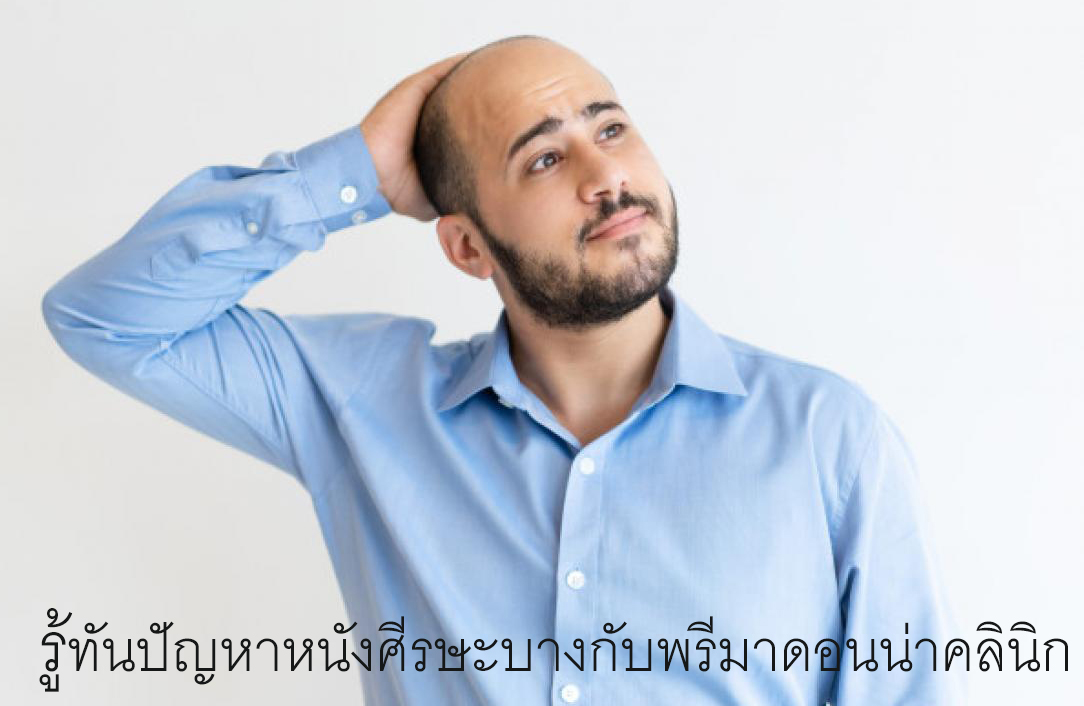
Causes and treatments for hair loss
Causes and treatments for hair loss
It is normal to shed a certain amount of hair every day. If hair falls out in more significant amounts than usual, it can cause distress and worry.
While male and female pattern baldness is a primary cause of hair loss, there is a range of other reasons. A doctor will want to explore these before recommending the appropriate treatment.
In this article, we look at the leading causes of hair loss, the treatment available, and home care tips for preventing further loss.
Causes of hair loss
Possible causes of hair loss include:
1. Androgenetic alopecia
Androgenetic alopecia is another term for male or female pattern baldness. It is a very common cause of hair loss.
Both male and female pattern baldness is genetic. Males tend to lose hair from the temples and crown of the head. In females, hair usually becomes thinner all over the head.
Androgenetic alopecia is more likely to happen as a person ages but can start at any point after puberty. Many females who experience androgenetic alopecia develop it after going through the menopause. This means that hormones may have something to do with it.
It is possible to treat this condition with minoxidil, a medication for hair growth.
Some women may experience excessive hair loss shortly after giving birth. This is due to a decrease in estrogen levels. This type of hair loss is a temporary condition and usually resolves within a year or sooner.
To help hair return to its normal condition, try:
Telogen effluvium is a condition where the hair remains in the telogen (natural shedding) phase of the growth cycle. This causes more hair to fall out, sometimes in handfuls.
Telogen effluvium is usually a temporary condition that resolves over time. It is advisable to see a doctor to find out the cause.
Some possible causes include:
A doctor will need to treat any underlying causes of telogen effluvium.
If a doctor suspects that specific medications are causing hair loss, they may change them.
Anagen effluvium causes large amounts of hair to fall out rapidly during the anagen (growth) phase of the hair cycle.
The condition may cause hair to fall out from the head, as well as from other parts of the body, including eyebrows and eyelashes.
Causes of anagen effluvium include:
Treatment for this condition depends on the cause but can include a topical solution of minoxidil.
If a person has anagen effluvium as a result of undergoing chemotherapy, cooling the scalp during the procedure may help. Hair will often grow back 3–6 months after stopping chemotherapy.
Alopecia areata is an autoimmune condition that causes hair to fall out suddenly. The immune system attacks hair follicles, along with other healthy parts of the body.
Hair from the scalp, as well as eyebrows and eyelashes, may fall out in small chunks.
If a person has this condition, they should see a doctor. A doctor may prescribe medication to help the hair grow back.
Traction alopecia is hair loss due to pulling hair into tight hairstyles, which causes it to break and come loose. Hairstyles associated with this condition include:
If traction alopecia continues, a person may develop bald spots and thinning of the hair.
In terms of self-care, avoiding tight hairstyles will usually prevent further damage.
Certain medications have side effects that can cause hair to fall out.
Examples of such medications include:
If a person thinks hair loss may be due to a medication they are taking, they should consider seeing a doctor for an assessment. The doctor might be able to reduce the dosage or switch the person to a different medication.
Nutritional deficiencies can cause hair to fall out. Extreme diets that are too low in protein and certain vitamins, such as iron, can sometimes cause excessive hair shedding.
A person should see a doctor for a blood test to check if they have a nutritional deficiency that could be causing their hair to fall out.
People may experience hair loss while using birth control pills. Others might experience hair loss several weeks or months after they stop taking them.
If people are taking birth control pills, they can choose one that has a low androgen index. This may help to lower the risk of hair loss.
Examples of birth control pills with a lower androgen index include:
Ovral and Loestrin have a higher androgen index.
Other forms of birth control that affect the hormones, such as implants and skin patches, may also cause hair loss.
The American Hair Loss Association recommend that people who have an increased risk of genetic hair loss opt for a non-hormonal type of birth control.
Ringworm is a fungal infection that can cause hair loss. Ringworm on the scalp, or tinea capitis, can cause temporary bald areas on the head.
Symptoms include:
If ringworm does not heal by itself, then a doctor may prescribe an antifungal medicine. Alternatively, they may prescribe an antibiotic, such as Griseofulvin.




